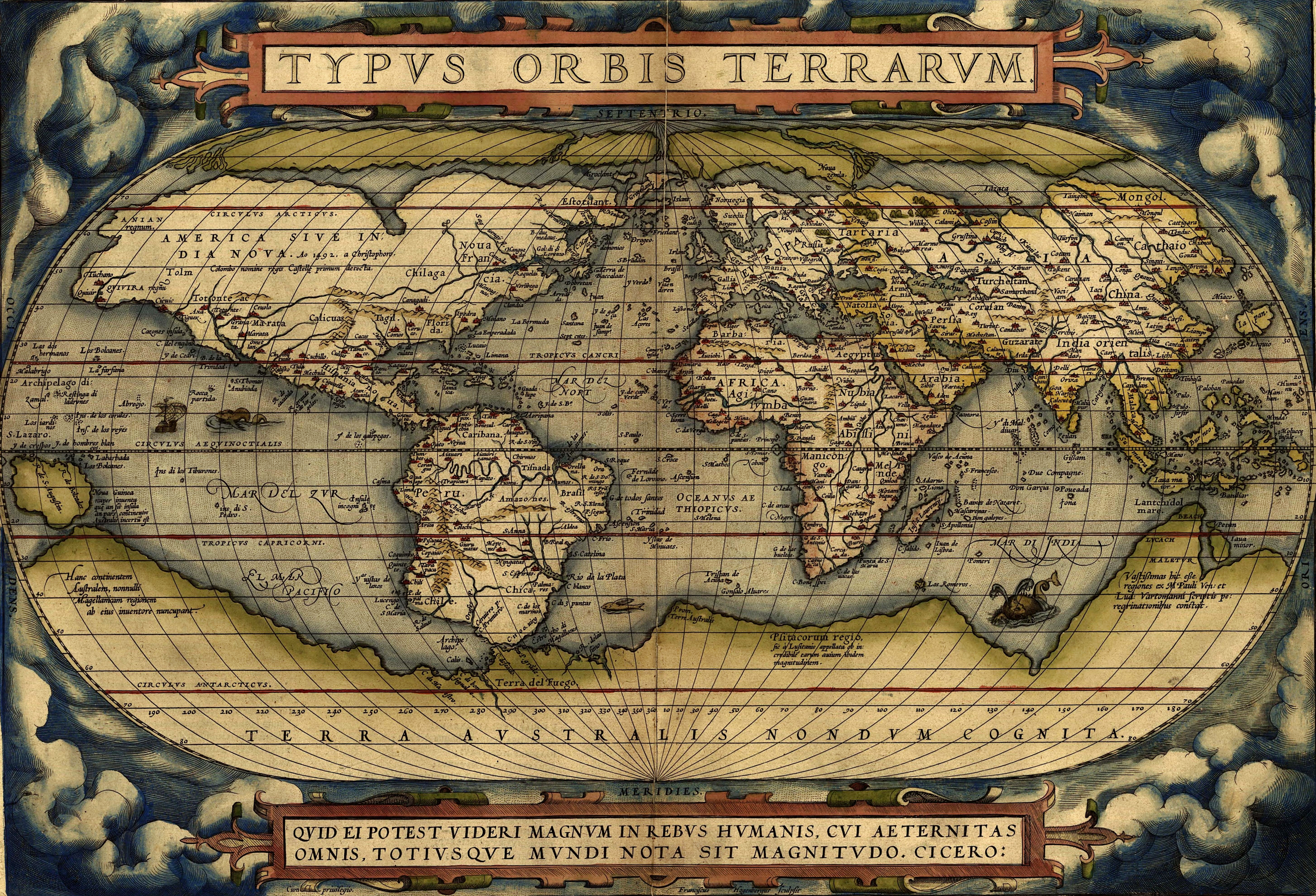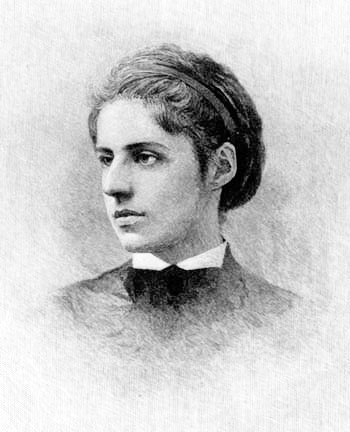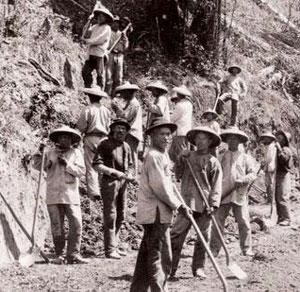Focus Questions:
What were the causes of the immigration of Southern and Eastern Europeans, Chinese, Koreans and Japanese to America in the late 19th and early 20th centuries?
What were the major roles of these immigrants in the industrialization of America?
German emigrants going to New York board a steamer in Hamburg, Germany

Key Topics on the Page
Overview of Immigration
Angel Island
Ellis Island
Timeline of Key Immigration Legislation and Restrictions
- The Orphan Trains: A Solution to the Crowded Cities of the 19th and 20th Centuries
.png) Cross-Links
Cross-Links

Japanese Immigration
Korean Immigration
 Link to AP US History Key Concept 5.1: Immigration, Migration and National Expansion
Link to AP US History Key Concept 5.1: Immigration, Migration and National Expansion
Overview of Immigration
Immigration and U. S. History provides a brief overview of immigration history by New York University historian Hasia Diner.

Immigration versus Nativism, 1890-1916 - This is a website link to a lesson plan relating to the picture above. The picture represents the unwelcoming attitude of native-born citizens of the U.S towards immigrants that were arriving in mass groups to their home.
 |
| Angel Island Immigration Station, San Francisco |
 Interactive map of Asian Immigration to the United States today.
Interactive map of Asian Immigration to the United States today.
Timeline on the history of legal and illegal immigration in the United States.
The Making of Ethnic America: Interactive Maps from the University of Houston.
Interactive Map of Immigration that also gives colorful statistics of immigrants from different countries during different decades of U.S history.
Geographical Distribution of Immigration Ancestry in the US in the 21st Century
Largest Ancestry: 2000 Map of the United States


This map from the Ancestry section of the 2000 Census Brief, displays the geographic locations of the 80% of respondents that specified at least one ancestry. “Among the four regions, the largest ancestries in 2000 were Irish in the Northeast, African American in the South, German in the Midwest, and Mexican in the West”. The pdf of the brief provides more information on the collection, analysis, and reasons for the “Ancestry question” on the 2000 census. Using this map, students can make connections between late 19th century and early 20th century immigration patterns and where those ancestries are largely found in the US today. Places of note on the map include, Irish ancestry in Massachusetts and NYC, Italian ancestry in New Jersey and New York City, Mexican Ancestry in the SouthWest, Polish ancestry in Pennsylvania, Chinese ancestry in San Francisco, and Japanese ancestry in Hawaii.
Ancestry: 2000 (Census Bureau (.gov))
Angel Island
Angel Island: Immigrant Journeys of Chinese Americans
 Angel Island: Li Keng Wong's Story presents a history of a young girl whose family moved from China to the Chinatown in Oakland, California in 1933.
Angel Island: Li Keng Wong's Story presents a history of a young girl whose family moved from China to the Chinatown in Oakland, California in 1933.
Discovering Angel Island from PacificLink.
 |
| Immigrants arriving at Ellis Island, 1902 |
Ellis Island
Ellis Island in New York City Harbor was a primary gateway for immigrations arriving from Europe.
The busiest day was April 17, 1907 when 11,747 immigrants were admitted to the United States.
From Ellis Island to Orchard Street with Victoria Confino from the Tenement Museum in New York City.
Interactive Tour of Ellis Island from Scholastic.
Ellis Island Documentary
Click here for a summary of what immigrants experienced at Ellis Island prepared by teachers and students at Mt. Carmel High School in San Diego, California.
See how New York resident and Russian-American, David Sarnoff, transformed the broadcast communication industry in the early 1900's.
NYPL Digital Gallery: Ellis Island Photographs by William Williams when he was Commissioner of Immigration for the Port of New York.
Visit the website of the International Coalition of Sites of Conscience, a collection of museums around the world who are exploring issues of immigration, poverty, social justice and human rights. An interactive map directs students to places such as the Lower East Side Tenement Museum, the National Civil Rights Museum, and the District Six Museum in South Africa.
Emma Lazarus

One of the first successful Jewish American authors, Emma Lazarus was part of the late nineteenth century New York literary elite, and was celebrated in her day as an important American poet.
- When anti-Jewish violence broke out in Europe in the 188os, she advocated for Jewish immigration and supported in new Jewish homeland in Palestine.
 She wrote "The New Colossus," a poem that is engraved on the Statute of Liberty.
She wrote "The New Colossus," a poem that is engraved on the Statute of Liberty.
 Click here to listen to the picture book, Emma's Poem: The Voice of the Statute of Liberty by Linda Glasser read aloud on YouTube.
Click here to listen to the picture book, Emma's Poem: The Voice of the Statute of Liberty by Linda Glasser read aloud on YouTube.
From Haven to Home: 350 Years of Jewish Life in America from Library of Congress
Emma Lazarus High School in Manhatten's Lower East Side
Key Legislation and Immigration Restriction
Immigration Restriction League, founded in 1894, was a leading anti-immigration organization.
In the political cartoon on the page to the right, Uncle Sam is holding paper "Protest against Russian exclusion of Jewish Americans" and looking in shock at Chinese skeleton labeled "American exclusion of Chinese" in closet (January 3, 1912)
A timeline of Immigration to the United States, 1789-1930, from the Harvard University Library features links to key primary sources. Included in the links are the following key laws regulating immigration to America:
 |
| Editorial cartoon "A Skeleton in His Closet" (January 3, 1912) |
- Naturalization Act of 1790
- Provided the first rules for granting national citizenship in the United States
- Limited naturalization to aliens who were 'free white persons', leaving out indentured servants, slaves, Asians, free blacks, and women
- Alien and Sedition Acts, 1798
- Supposedly to protect the United States from aliens of enemy countries who might commit seditious acts
- Many said they were unconstitutional and they were major issues in the elections of 1798 and 1800
- Chinese Exclusion Act, 1882
- Excluded skilled and unskilled Chinese miners from entering the country for 10 years
- Punishment would be imprisonment and/or deportation
- Click here for a 6 minute video about the Chinese Exclusion Act that explain the cause and effects of the act that was passed in 1882.
- Contract Labor Law of 1885
- Meant to prohibit the importation and migration of foreigners under contract or agreement from working in the United States.
- Immigration Act of 1917
- Added to the undesirables barred from entering the United States including 'idiots', 'epileptics' and others
- Also barred people over 16 who were illiterate from entering
- Included an Asiatic Barred Zone, including much of eastern Asia and many Pacific Islands from which people could not immigrate
- Emergency Quota Act of 1921
- Limited the number of immigrants from any given country to 3% of the number of people from that country already living in the United States
- Use this lesson plan to examine immigration policy from 1790-1996
- This lesson plan will have students examine the accuracy of common statements made about immigration in the past and present such as
"Illegal immigrants take away jobs from U.S. citizens"
- Click here for a short video to learn where immigrants came from and mainly occupied in different states throughout the U.S. It also gives out pinpoint events that influenced certain immigration patterns throughout U.S history.
The Orphan Trains: A Solution to the Crowded Cities of the 19th and 20th Centuries

Image: The Orphan Trains | American Experience
As immigrants were pouring into the country, the industrial revolution was replacing people with machines, and the effects of broken families from the civil war lingered, thousands of children were left in the streets of crowded cities. One solution: send these children to farms in the midwest where their labor is needed. Orphan trains were seen as the way to save the lives of children and clean up cities like New York. Over the course of 25 years (late 19th to early 20th centuries), over 250,000 children (many the children of immigrants) were sent out to the midwest. Watch the documentary Placing Out: The Orphan Trains (2008) and the supplemental videos to learn more about the use of the Orphan trains to combat the overpopulation of cities spurred on by immigration and industrialization, as well as hearing first person testimonies of the journey west.

Placing Out: The Orphan Trains (2008)
Watch The Orphan Trains | American Experience | Official Site | PBS
The Orphan Trains (abridged video)
An Orphan Train Rider Tells His Story
- Followed the depression of the 1890s
- Escape religious, racial or political persecution
- Lack of jobs at home
- Escape famine
- Many were pulled to the United States, by contract laborers who offered recruiting by agents
 |
| Chinese Railway Workers in the Snow |
See Dramatic Event Page: Chinese Immigration to the United States
Click here for a video about the history of immigration. This video also provides insights to how Chinese immigrants were treated during the wave of acts that were passed that targeted these ethnic group and why they came over.
- The sugar boom in Hawaii in 1870s and 1880s attracted many, since Japan was having a difficult transition to a new economy
- Most immigrants were single, male farm laborers looking for work, and ended up living in Hawaii, in the early stages of the sugar boom industry in Hawaii.
- 19th century, Japanese ancestry in main land, U.S., virtually nonexistent, small group of Japanese ancestry had begun to establish itself in Hawaii.
- Because they worked hard for lower pay than white workers, they were hired more often
- Followed in the wake of Chinese immigration
- https://www.jstor.org/stable/3638905?seq=8 Japanese Women immigration Data and reasons
Additional Links:
Feb 8, 1885 CE: Japanese Immigrants Arrive in Hawaii
Hawaii: Life in a Plantation Society | Japanese | Immigration and Relocation in U.S. History | Classroom Materials at the Library of Congress
- Escape economic and political issues in Korea
- Like the Japanese, became laborers on farms in Hawaii for little pay
Immigrants and Industrialization

Click Below for a link to more information about Chinese immigrants impact on the railroads:
https://www.uscitizenship.info/Chinese-immigration-and-the-Transcontinental-railroad/
Click Below for a link to a lesson plan about the transcontinental railroad and Chinese immigrants:
http://archives.lessoncorner.com/d409c6327f81c4415.pdf
Click here for questions from the Naturalization and Citizenship Test that immigrants must pass to earn their United States citizenship. The questions are new, effective with the October 2009 test.
Click here to read the story of Antanas Kaztauskis, a Lithuanian man who emigrated to the US in 1904.

Click here for a video about the history of immigration in the United States by looking at an animated map that shows where Immigrants came from to the U.S. It also gives some information of reasons why they went and also shows some laws that had been imposed to restrict these immigrants from coming in.
For more information check out the following websites:
Italian Immigration:
http://www.marist.edu/summerscholars/97/italian.htm
http://www.spartacus.schoolnet.co.uk/USAEitaly.htm
http://www.italiamerica.org/id49.htm
Russian Immigration:
http://memory.loc.gov/learn/features/immig/polish3.html
http://memory.loc.gov/learn/features/immig/polish.html
German Immigration:
https://www.youtube.com/watch?v=vwgwpUcxch4 - An after effect of German Immigration resulting in a new dialect being formed in a Texas community.
Bibliography
Danzer, Klor de Alva, et al. (2007). The Americans: Reconstruction to the 21 st Century Oklahoma Teacher's Edition. Evanston, IL: McDougal Littell.
Patterson, W (1988). The Korean Frontier in America. Honolulu, HI: University of Hawaii Press.
Comments (0)
You don't have permission to comment on this page.